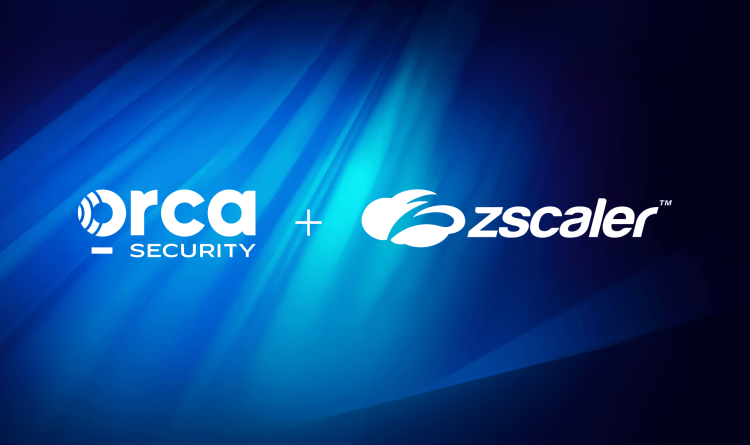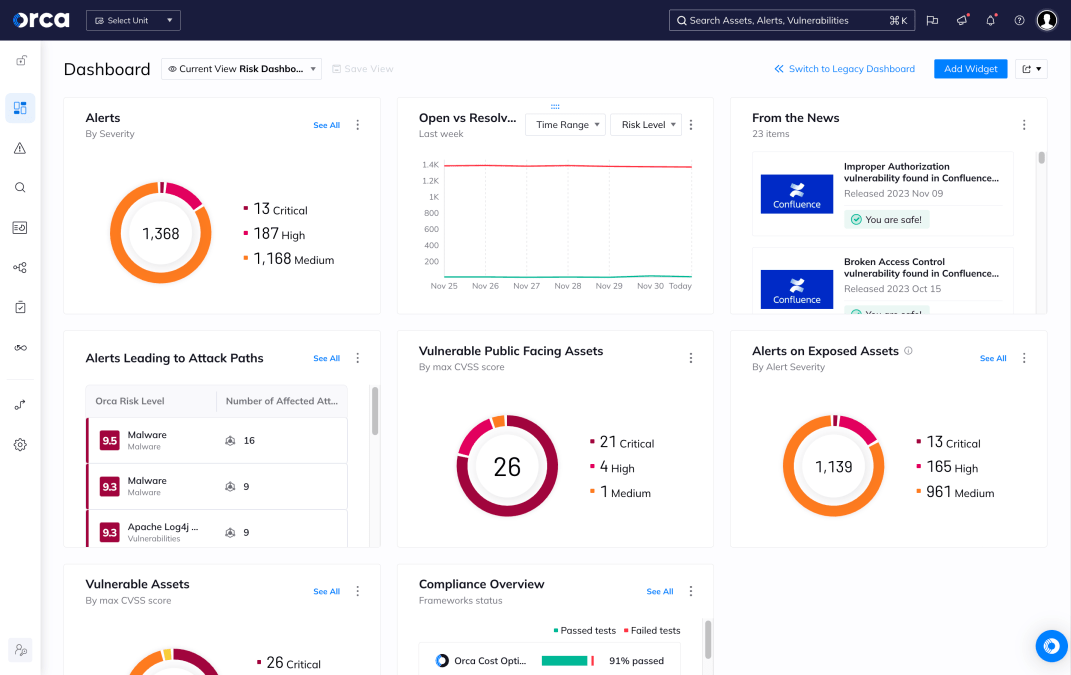The Health Insurance Portability and Accountability Act (HIPAA) is a U.S. federal law enacted in 1996 that establishes national standards for safeguarding sensitive patient health information. HIPAA regulates how protected health information (PHI) is accessed, stored, processed, and transmitted by healthcare providers, insurers, and their business associates. In cloud environments, HIPAA compliance plays a central role in data protection strategies, requiring organizations to implement rigorous technical and administrative safeguards across distributed systems.
Why is it important?
HIPAA compliance is essential for organizations handling PHI, including healthcare providers, health plans, and any third-party vendors (business associates) that interact with this data. Non-compliance can lead to significant penalties:
- Fines ranging from $100 to $50,000 per violation
- Annual maximum penalties of $1.5 million per violation category
- Civil lawsuits and reputational damage
In cloud security contexts, HIPAA compliance:
- Drives architecture decisions, including data residency and encryption
- Influences vendor selection and contract structuring through Business Associate Agreements (BAAs)
- Enforces access control, audit logging, and risk-based security policies
HIPAA is not limited to traditional healthcare institutions. Any organization that stores, processes, or transmits PHI in the cloud must ensure that its cloud infrastructure, applications, and workflows adhere to HIPAA’s Security and Privacy Rules.
How does it work?
HIPAA’s framework is structured around two primary rules:
- The Privacy Rule: Governs how PHI can be used and disclosed, emphasizing patient rights and consent.
- The Security Rule: Applies specifically to electronic PHI (ePHI) and mandates technical, physical, and administrative safeguards.
Key requirements include:
- Access control: Limiting PHI access to authorized individuals only
- Audit controls: Maintaining detailed logs of system and user activity
- Integrity controls: Ensuring data is not improperly altered or destroyed
- Authentication mechanisms: Verifying user identities before access
- Transmission security: Protecting PHI during electronic transmission
HIPAA also requires organizations to:
- Conduct regular risk assessments
- Document and implement security policies and procedures
- Designate a Privacy and Security Officer
- Train employees on HIPAA requirements
- Execute BAAs with any third-party vendors accessing PHI
Organizations must notify the U.S. Department of Health and Human Services (HHS), affected individuals, and sometimes the media when a PHI breach occurs.
Security risks and challenges
HIPAA compliance in the cloud introduces several security and operational challenges:
- Cloud misconfigurations: Misconfigured S3 buckets, databases, or IAM roles can expose PHI
- Legacy infrastructure: Many healthcare systems run hybrid environments with outdated technologies
- IoT and medical devices: Introduce new attack vectors and increase the PHI exposure surface
- Remote access and telehealth: Requires strong identity and access management to control PHI access across devices and locations
- Insider threats: Employees may unintentionally or maliciously expose sensitive data
According to HHS breach reports, millions of healthcare records are exposed annually, with hacking and unauthorized access representing the leading causes.
Best practices and mitigation strategies
To ensure HIPAA compliance in cloud environments, organizations should:
- Encrypt all PHI at rest and in transit using strong cryptographic standards
- Apply least-privilege access controls based on user roles and job functions
- Enable audit logging to track access, modifications, and transmissions of PHI
- Conduct regular risk assessments to identify and remediate vulnerabilities
- Implement strong authentication mechanisms, such as multi-factor authentication
- Deploy DLP and EDR solutions to monitor PHI movement and detect threats
- Train employees on HIPAA rules and secure handling of PHI
- Formalize incident response plans to handle breaches quickly and meet regulatory reporting timelines
Reference frameworks such as NIST SP 800-66 Revision 2 offer guidance for implementing HIPAA Security Rule controls in modern IT environments.
How Orca Security helps
The Orca Cloud Security Platform enables continuous HIPAA compliance in cloud environments with:
- Full coverage of cloud configuration, workloads, identities, and more
- Comprehensive risk detection and prioritization in one unified Platform
- Automated compliance tracking, monitoring, and reporting with more than 185 built-in and customizable regulatory and industry frameworks
- Comprehensive and detailed audit logs to support auditing and reporting requirements
- Deep integrations with ticketing, productivity, and security tools for enhanced productivity and efficiency
These capabilities help healthcare organizations protect PHI, maintain continuous compliance, and respond quickly to emerging cloud security risks.



